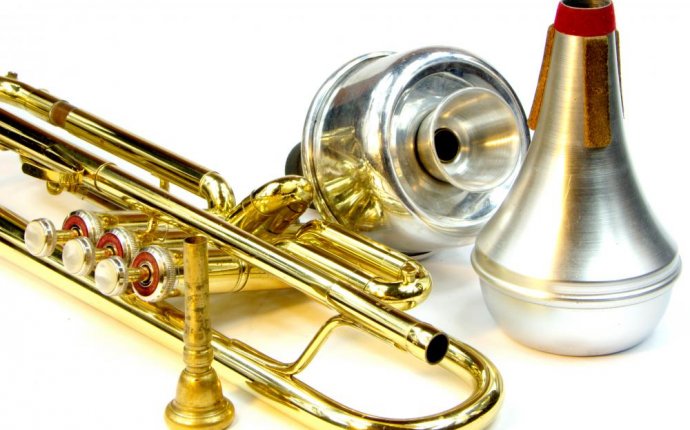
Baroque period instruments
 Handel Choir of Baltimore performs baroque, classical and early-romantic music with instruments modeled on those used in original performances.
Handel Choir of Baltimore performs baroque, classical and early-romantic music with instruments modeled on those used in original performances.
An Introduction to Period Instruments
The following introduction is excerpted from program notes authored by Christoph Richter, concertmaster of the Handel Choir Period Instrument Orchestra, and Melinda O'Neal.
Music in the baroque and classical style eras was performed on instruments of different construction from our present-day instruments. The tone colors of those instruments, intended for smaller spaces and fewer singers, was more varied and transparent; phrasing was more specifically articulated; ornaments were employed more readily; a smaller number of players and singers was used; the resulting sound had a nuanced, inclusive and intimate feel.
In the last thirty years, numerous ensembles in the United States and abroad have adopted a more historically informed performance approach. The Handel Period Instrument Orchestra, organized specifically to perform in partnership with the Handel Choir, is founded on principles of historical performance practices. It consists of professional musicians who specialize in playing instruments constructed near the time of the music's composition, or replicas. It is truly exciting to recapture the distinctive sounds closer to what was in the composer's ears, and we are pleased that our organization, grounded in the performance aesthetic of baroque music through our namesake composer, George Frideric Handel, is performing with these considerations in the forefront.
It consists of professional musicians who specialize in playing instruments constructed near the time of the music's composition, or replicas. It is truly exciting to recapture the distinctive sounds closer to what was in the composer's ears, and we are pleased that our organization, grounded in the performance aesthetic of baroque music through our namesake composer, George Frideric Handel, is performing with these considerations in the forefront.
A look at the programming of major symphony orchestras over the last 30 years will reveal that the performance of baroque and, to a lesser extent, classical repertoires have either disappeared or been considerably curtailed. The reason for this is the advent of period instrument performance practice.
Decades of musicological research and relentless pioneering work by performers interested in historically accurate performance has made it possible for today's instrumentalists to perform the music of the 17th, 18th and early 19th centuries on instruments resembling those of the period in which the music was written. Quite a few instruments from different time periods and regions survive, making it possible for expert modern instrument makers to build copies or reconstructions of these originals. In the case of wind instruments, replicas are usually used since most of the originals became unplayable over time. In the case of string instruments, affordable copies and "unaltered" originals are most often used.
The term "unaltered" refers to the transformations that the majority of 17th- and 18th-century violins underwent in the 19th century to increase sound volume and tonal brilliancy. This was deemed necessary to project the sound in larger concert halls and to keep in step with evolving tastes. The sound of a "modern" violin is spectacular and in many ways is considered an improvement, but the tone quality and articulative possibilities are quite different from the instruments for which Bach, Handel, Mozart, Haydn and Beethoven composed.









